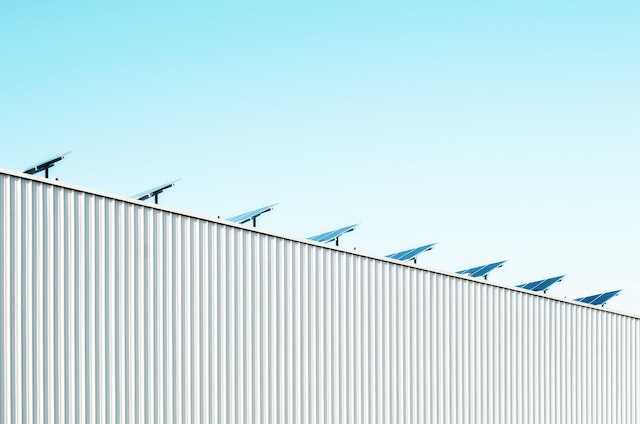In a world increasingly aware of the need for sustainable energy solutions, it’s no surprise that businesses are looking to harness the sun’s power while giving their commercial spaces a fresh coat of paint. Solar power and commercial painting might seem like an unlikely pairing, but they can work together seamlessly to boost your bottom line and reduce your carbon footprint.
In this guide, we’ll break down the essential costing aspects of making this switch.
Assessing Your Solar Power Needs
First things first, you need to understand your energy consumption. Don’t worry; you don’t need to be an electrical engineer to figure this out. Just grab your energy bills and look for trends. When do you use the most energy? Knowing your peak usage hours will help you size your solar power system accurately.
Next up, let’s talk about those rays of sunshine. Not all rooftops are created equal when it comes to harnessing solar energy. Take a look at your roof’s orientation and the available space. More sun exposure equals more energy production.
Solar Power Costing
Now that you have a handle on your energy needs, it’s time to talk dollars and cents. The initial investment is where it all begins. Solar panels, inverters, and batteries are on the menu. Solar panels and battery prices can vary so shop around for the best deals.
Don’t forget about incentives and rebates. The government is often eager to reward businesses that switch to solar. Federal and state tax incentives can provide substantial savings. Also, watch for Solar Renewable Energy Certificates (SRECs), which can put some extra money in your pocket.
Maintenance and operation costs shouldn’t be overlooked either. Solar panels need some TLC to keep performing optimally. Budget for cleaning and maintenance expenses, and consider investing in monitoring systems to keep an eye on your system’s health.
Commercial Painting Costing
Now let’s shift our focus to the art of commercial painting. Before picking up a paintbrush, take a good look at your surfaces. Any damage or imperfections need to be addressed before painting. Repair costs can vary, so get a few quotes to ensure you’re not overpaying.
Materials play a significant role in the overall cost. The type of paint you choose and the quantity needed can impact your budget. Keep in mind that quality paint may cost more upfront but can save you money in the long run by lasting longer.
Labour costs depend on whether you opt for skilled professionals or decide to tackle the job yourself. Professional painters have plenty of experience and can get the job done in only a fraction of the time it would take you to do it yourself. Also, consider the project’s duration and hourly rates when budgeting for labour.
Budgeting and Financing
Creating a detailed budget plan is essential. Break down your expenses for both solar power and painting projects. This step will help you stay on track and avoid unpleasant surprises along the way.
Financing options abound for both solar and painting projects. When it comes to solar, you can explore loans or lease agreements to spread the initial cost. For painting, some companies offer financing options to help you manage costs more effectively.
Finding Cost-Saving Synergies
Now, let’s talk synergy. Combining solar power and commercial painting projects might seem unusual, but it can lead to significant cost savings. Consider scheduling both projects simultaneously to minimize disruption to your business operations. Additionally, solar panels can provide shade that helps preserve your freshly painted surfaces, extending the life of your paint job.
Conclusion
Switching to solar power and giving your commercial space a fresh coat of paint can be a smart financial move. Understanding your energy needs, taking advantage of incentives, and budgeting wisely can make these projects cost-effective. And don’t forget the potential cost-saving synergies when tackling both projects together.
In the end, embracing sustainable practices not only benefits your bottom line but also demonstrates your commitment to a greener future. So, why wait? Start crunching the numbers and take the first steps toward a more sustainable and cost-efficient future for your business.










